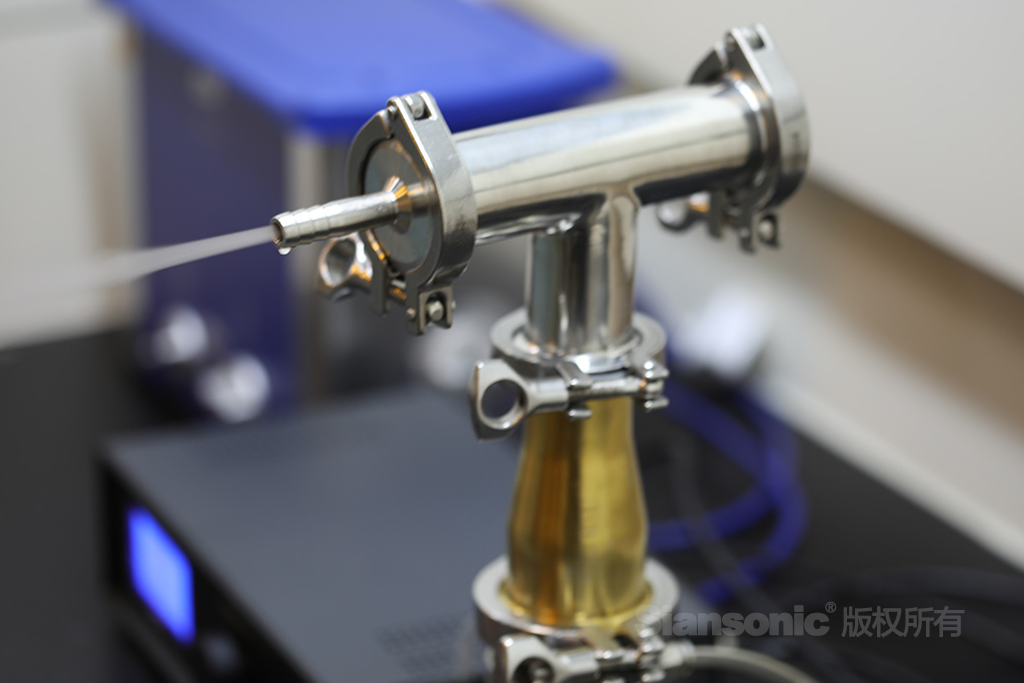The copyright of this article belongs to Siansonic Technology.The production is prohibited without permission.
Biopolymers based on lactic acid and glycolic acid, along with their copolymers, are now being studied and extensively utilized in various medical fields. For instance, biodegradable implants used in certain surgical procedures can be completely absorbed by the body. They serve as carriers for drugs, contributing to the creation of drug delivery systems that are highly biocompatible, feature adjustable degradation rates, and are non-toxic to the human body. Polylactic Acid (PLA) is a colorless, glossy, and somewhat rigid thermoplastic biopolymer that degrades through simple hydrolysis of ester bonds. It is used in sutures, stents, dialysis media, drug delivery devices, and tissue repair. Poly(lactic-co-glycolic acid) (PLGA), a copolymer of PLA and Polyglycolic Acid (PGA), stands as the preferred biodegradable polymer for drug delivery in terms of design and performance. It degrades into monomers of lactic and glycolic acids through hydrolysis. The degradation rate and mechanical stability of PLGA can be fine-tuned by altering the molecular weight and composition of the polymer, meeting the personalized demands of medical applications.
Ultrasonic spray drying emerges as a straightforward, rapid, and scalable technique, proving itself a successful process within pharmaceutical manufacturing for producing dry powders aimed at drug delivery. Ultrasonic spray drying has been leveraged in numerous studies to encapsulate active ingredients within the biopolymers PLA/PLGA. The benefits of using ultrasonic spray drying for drug encapsulation are clear: it allows for fine-tuned control over the size, shape, and structure of particles. Moreover, it offers a seamless, one-step process for transforming a variety of liquid inputs into dry powder, making it simple to operate and scalable, thereby serving as a universal method for crafting nano-capsules with diverse encapsulating agents.

Figure 1. Siansonic's Nano Aerosol Generator
The foundational steps of the ultrasonic spray drying process typically unfold in three phases: starting with the atomization of liquid into minute droplets, followed by their entry into the drying zone, and culminating in the separation and collection of particles from the drying gas. The choice of atomization technique can vary, tailored to the specific properties of the solution and the desired particle size. In the case of ultrasonic atomization, a mature technology, the energy from high-frequency ultrasonic vibrations atomizes the liquid into consistently fine droplets. By modulating the ultrasound frequency, the droplet size becomes adjustable, offering precise control.Following atomization, the droplets enter the ultrasonic spray drying zone for drying. The dried particles are then directed by airflow into an electrostatic particle collector, comprising a smooth stainless-steel cylinder (anode - particle collection) and a star-shaped counter electrode (cathode) inside the cylinder. During the ultrasonic spray drying process, a high voltage of approximately 15KV is applied between the two electrodes. The dried particles become charged and are deflected to the inner wall of the collection electrode, resulting in the acquisition of the target particles.
Siansonic Technology has developed and produced an ultrasonic spray pyrolysis system and ultrasonic spray drying nozzles, providing a comprehensive solution for the preparation of nano and micro-level superfine powders. The ultrasonic spray pyrolysis system includes an ultrasonic atomization device, a high-temperature pyrolysis furnace (drying section), a nano-particle collection system (NF160), and the respective liquid and gas supply control components.